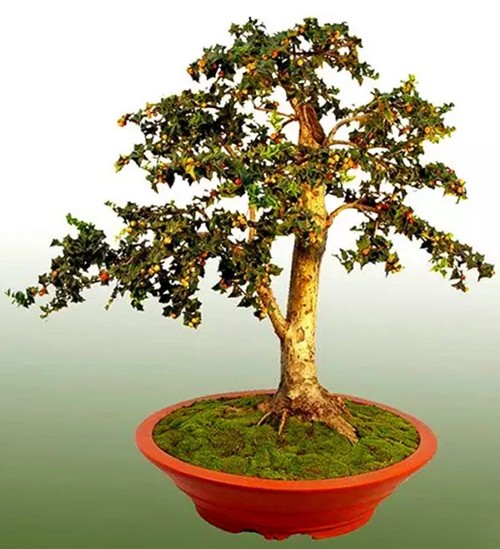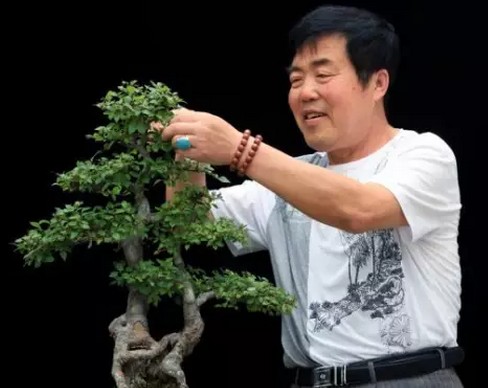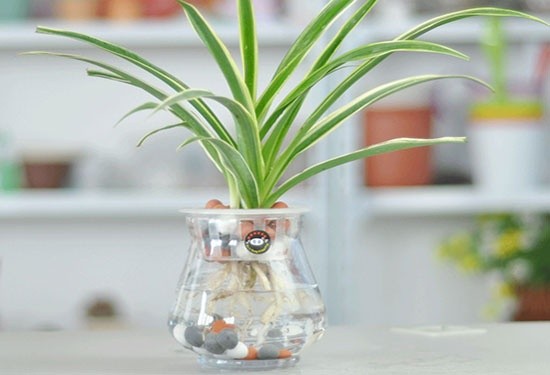Cultivation technique of bonsai with Chinese wolfberry
Chinese wolfbone, also known as tiger thorn, cat thorn, bird not sleeping and so on, is a common landscape tree species, which is often used in landscape design and urban greening. However, because the Chinese wolfberry has a relatively high ornamental value, there are also many people who use it for bonsai art modeling and pot culture. Compared with the potted Chinese wolfberry, the potted Chinese wolfberry is easier to survive and needs less attention in breeding.

Medlar bone was originally used to decorate roads, parks, courtyards and other places, but now it can also be used for pot culture, as a potted ornamental plant to enhance the beauty of the room.
Artificial propagation: mainly by sowing and propagation, but also by cutting and tillering.
The fruit was ripe in November, piled up after harvest, pounded after the peel was softened, rinsed and taken out. The seeds of Chinese wolfberry should be germinated for 2 years and can be treated with low temperature and wet sand for one year and mixed every two months during sand storage to maintain a certain humidity and prevent the seeds from deteriorating. The seeds were sown in winter, with a row spacing of 15 cm, a depth of 2 cm, covered with scorched mud of 1.5 cm, and then covered with straw.
It can be unearthed in March, uncover the grass in time and build a shed for shade. Usually pay attention to watering, topdressing, weeding and loosening soil and other management work, the growth of seedlings is slow, stay in bed for 1-2 years and then split.
Cutting propagation in mid-late June (plum rain season) to select the current year's semi-mature branches as cuttings, length to be able to heel (with some of last year's old branches) as the degree, leaving leaves 4: 6, cutting depth 12: 23, watering thoroughly after planting, shading, watering frequently at ordinary times, B keeping the soil moist. After rooting, strengthen the management of seedling stage, stay in bed for 1-2 years and then transplant, the survival rate of spring migration is higher. Some of the roots can be dug up and propagated by tillers.
Time: 2019-06-13 Click:
- Prev

Techniques and methods of bonsai pruning
A pot of bonsai stumps with good natural conditions or good natural conditions often grow many new branches. in order to maintain its perfect posture, the bonsai must be often trimmed, otherwise it will gradually lose its hierarchy, resulting in disproportion and tree disorder. Pruning useless branches in time
- Next

Water exchange skills of hydroponic plants
There is little moisture in the air in winter, especially in the north, where the room is very dry, which is disadvantageous to the growth of plants, so please spray foliage with clean water to maintain humidity, you can spray water twice a day. 1. Change the water every 10-15 days at about 20-25 ℃ (spring and autumn)
Related
- Fuxing push coffee new agricultural production and marketing class: lack of small-scale processing plants
- Jujube rice field leisure farm deep ploughing Yilan for five years to create a space for organic food and play
- Nongyu Farm-A trial of organic papaya for brave women with advanced technology
- Four points for attention in the prevention and control of diseases and insect pests of edible fungi
- How to add nutrient solution to Edible Fungi
- Is there any good way to control edible fungus mites?
- Open Inoculation Technology of Edible Fungi
- Is there any clever way to use fertilizer for edible fungus in winter?
- What agents are used to kill the pathogens of edible fungi in the mushroom shed?
- Rapid drying of Edible Fungi

